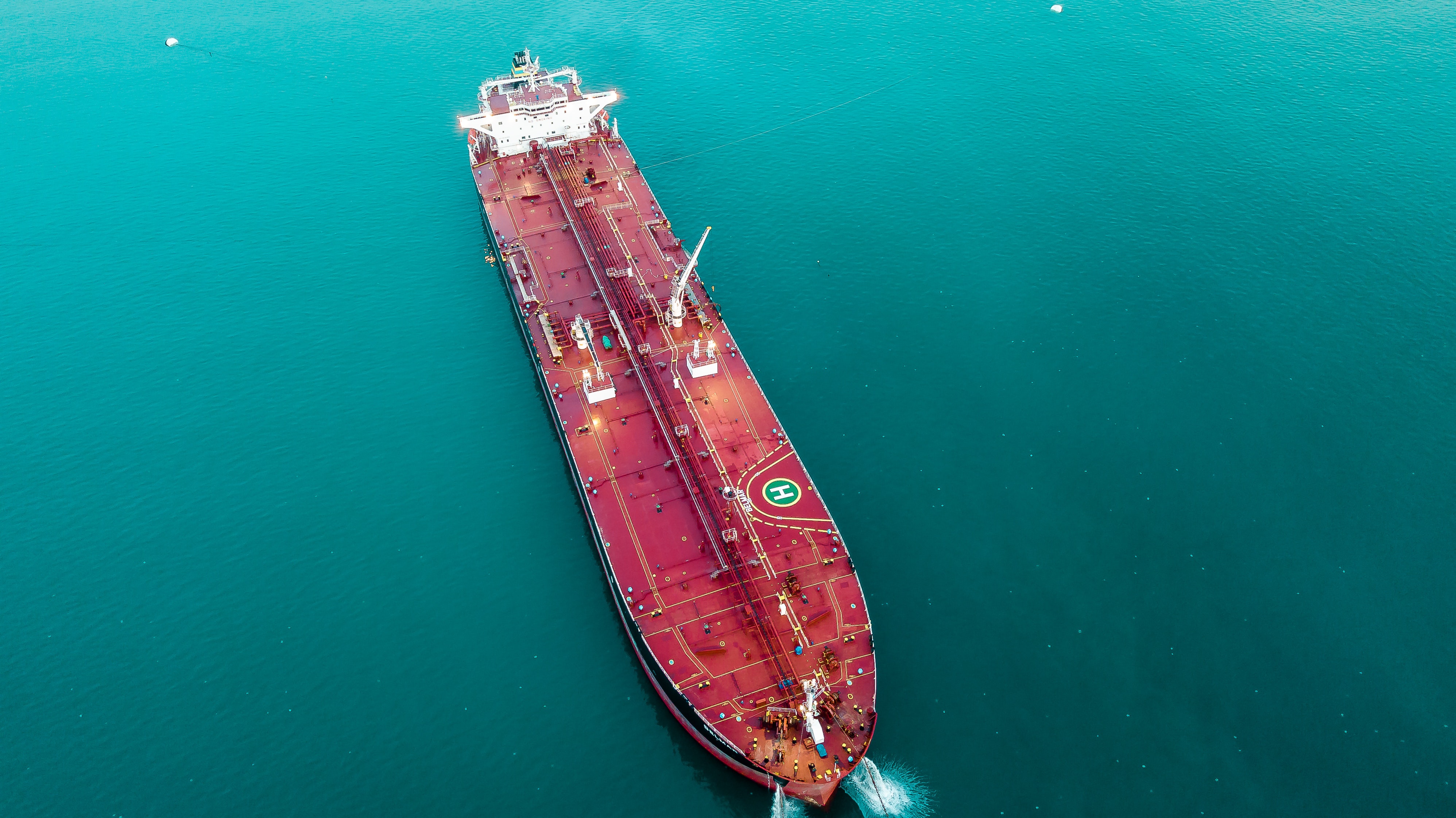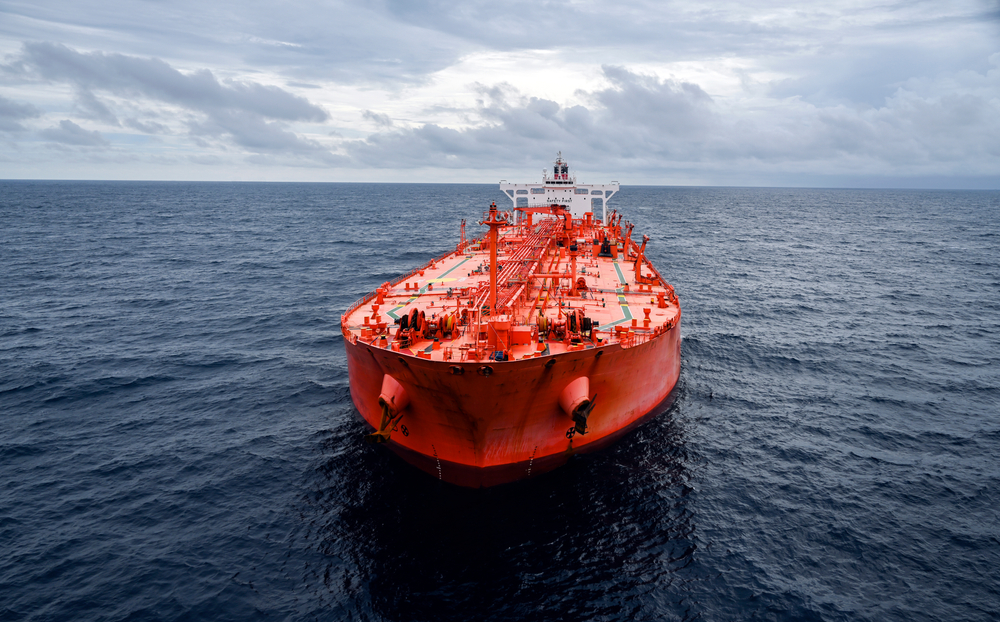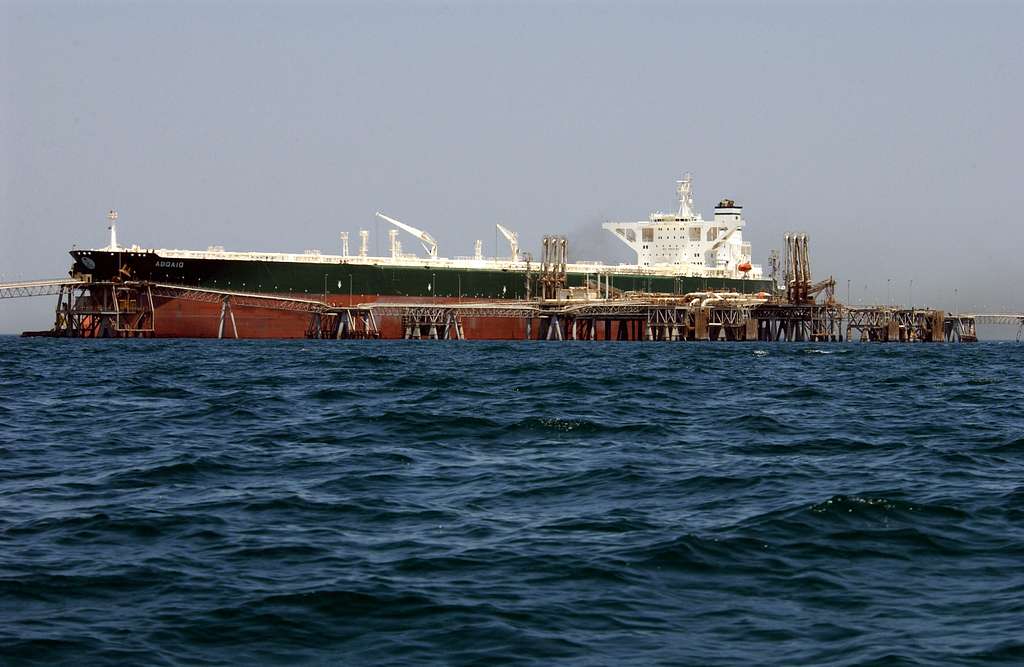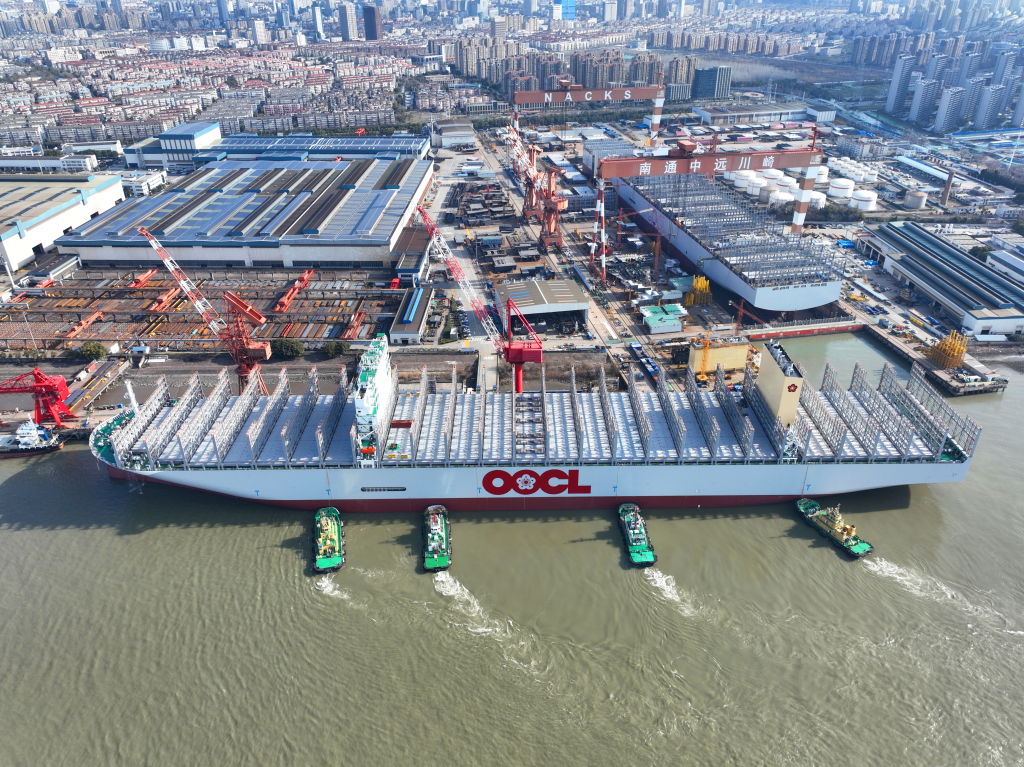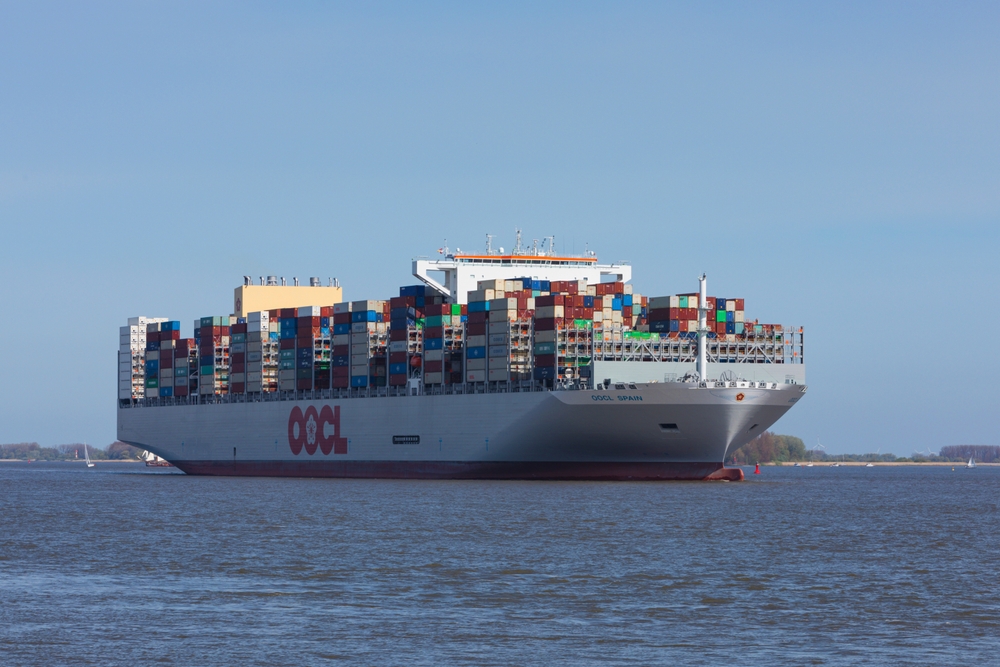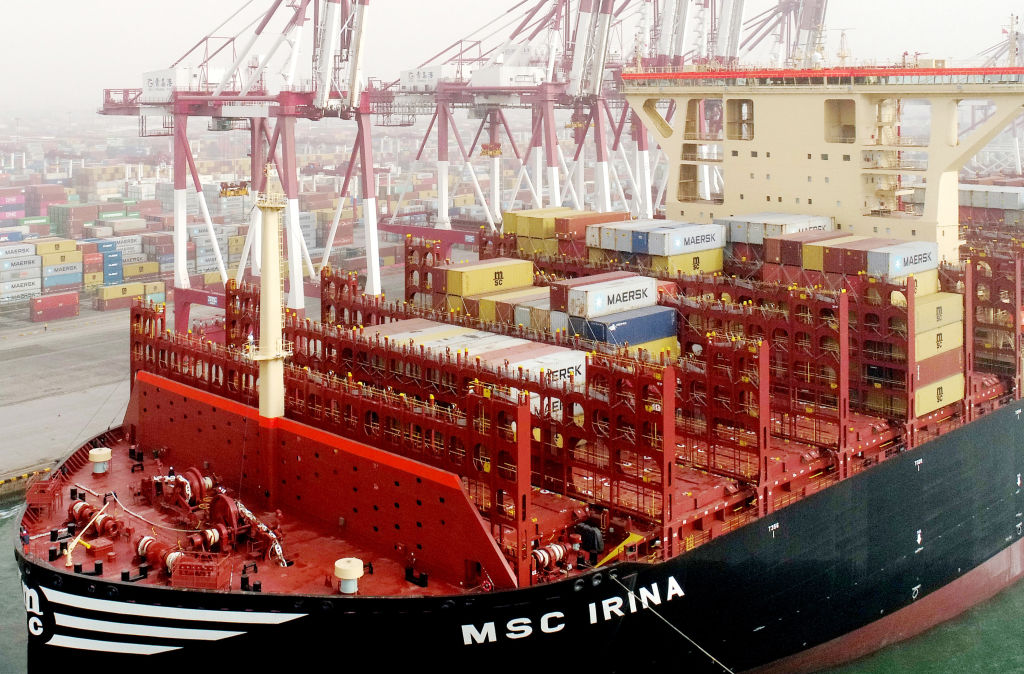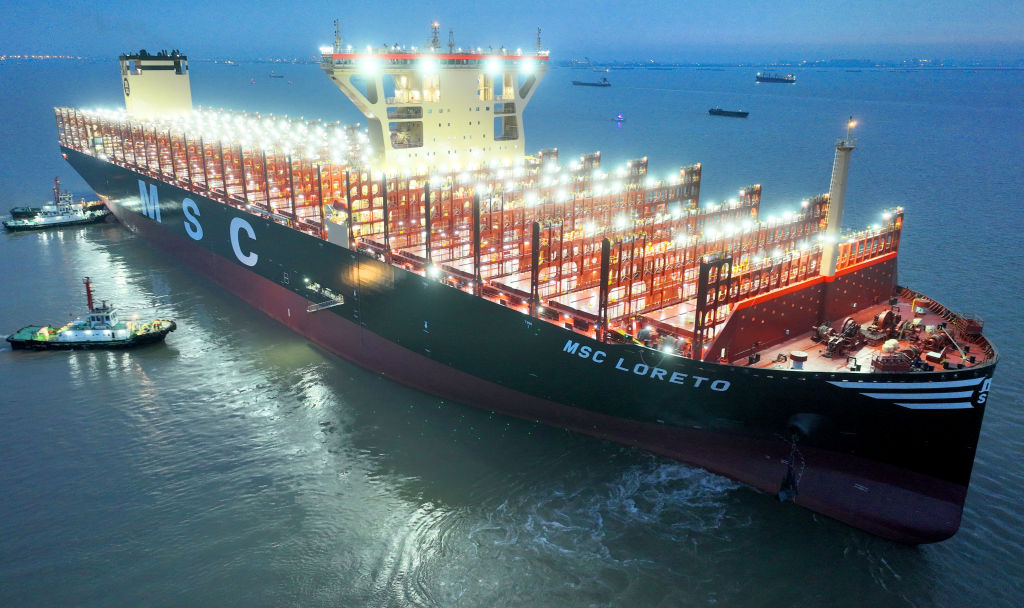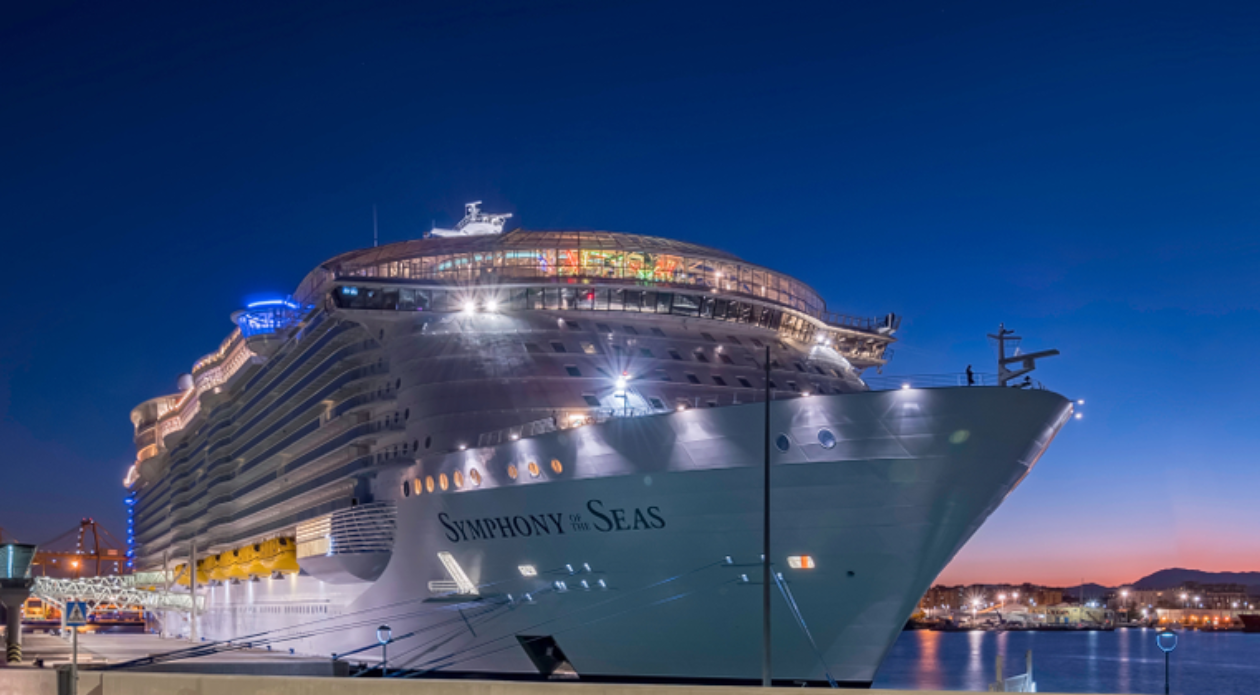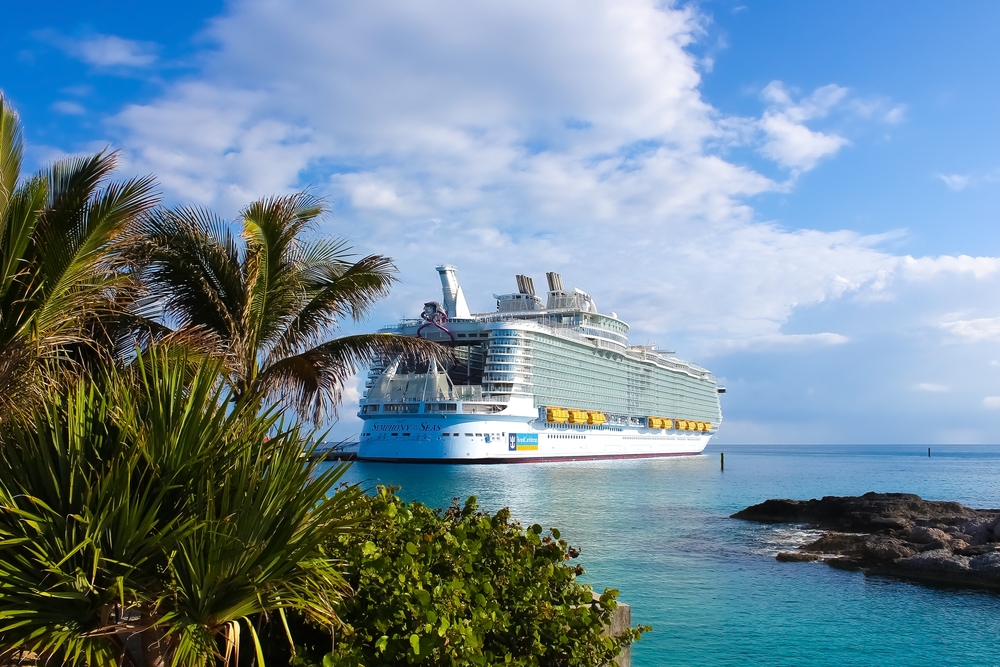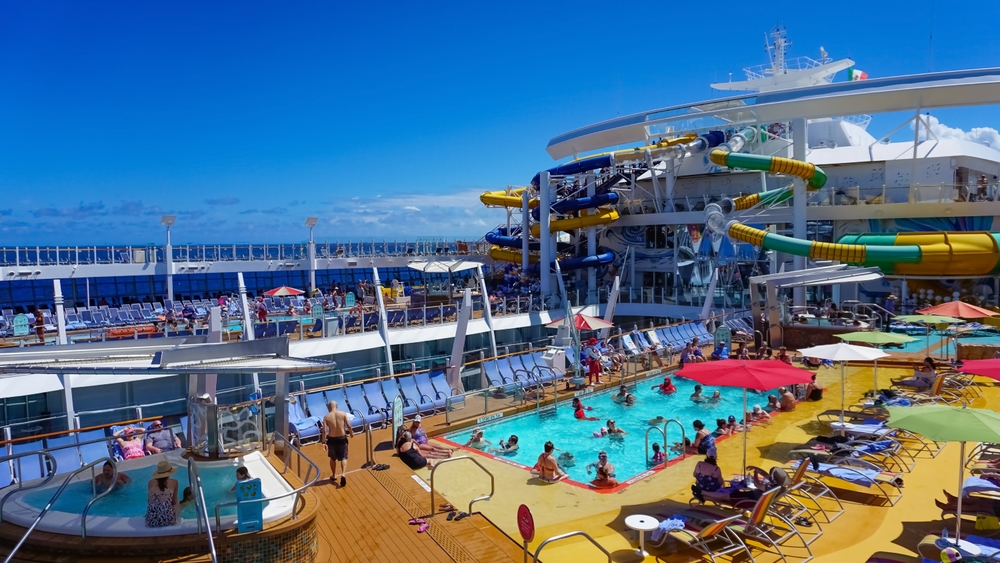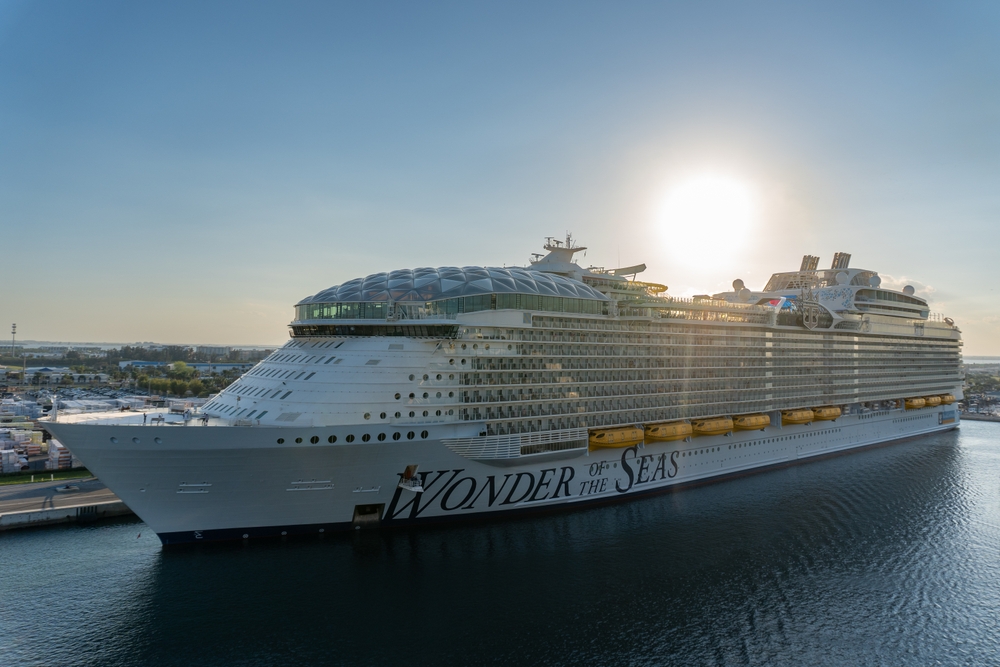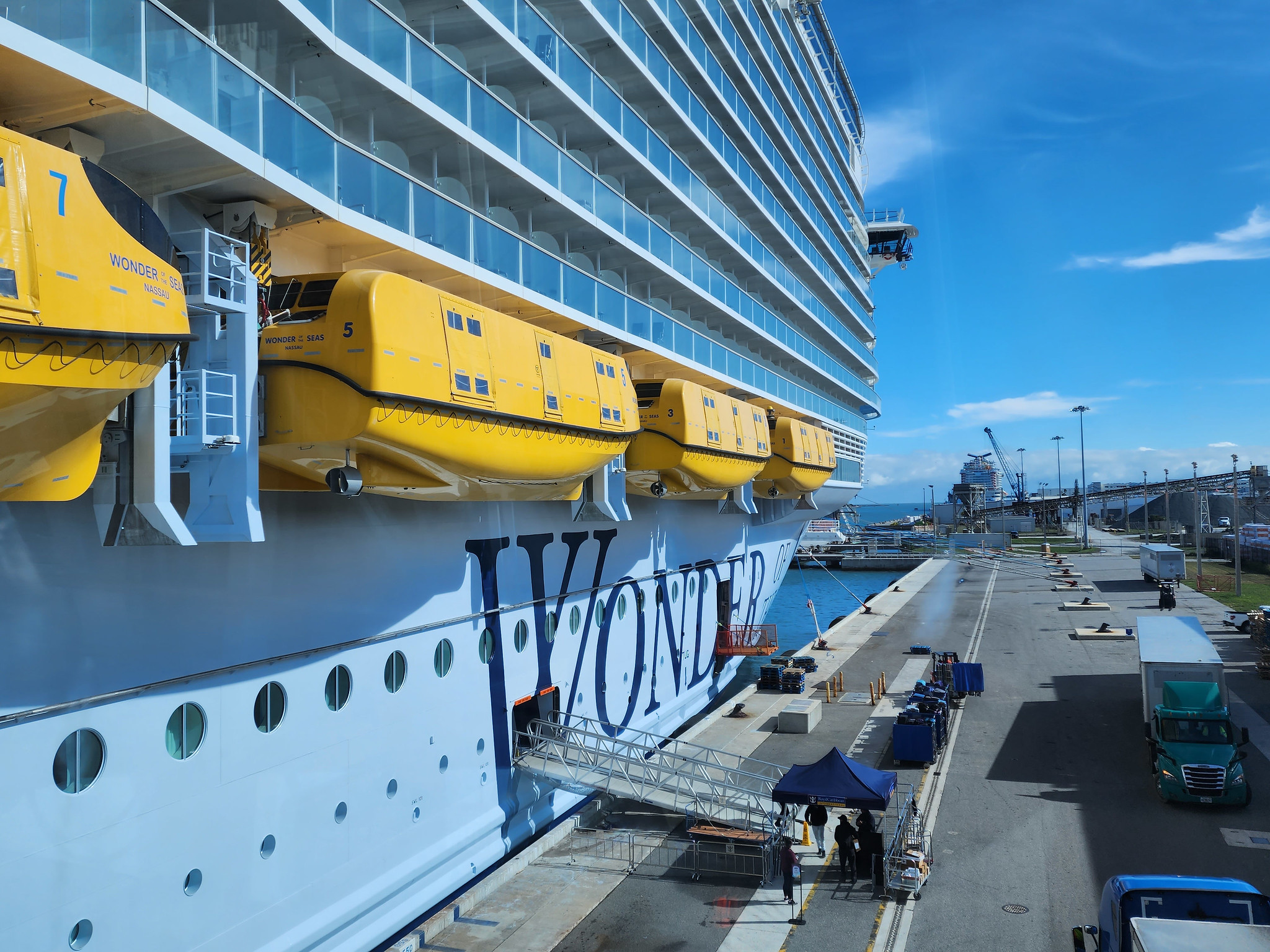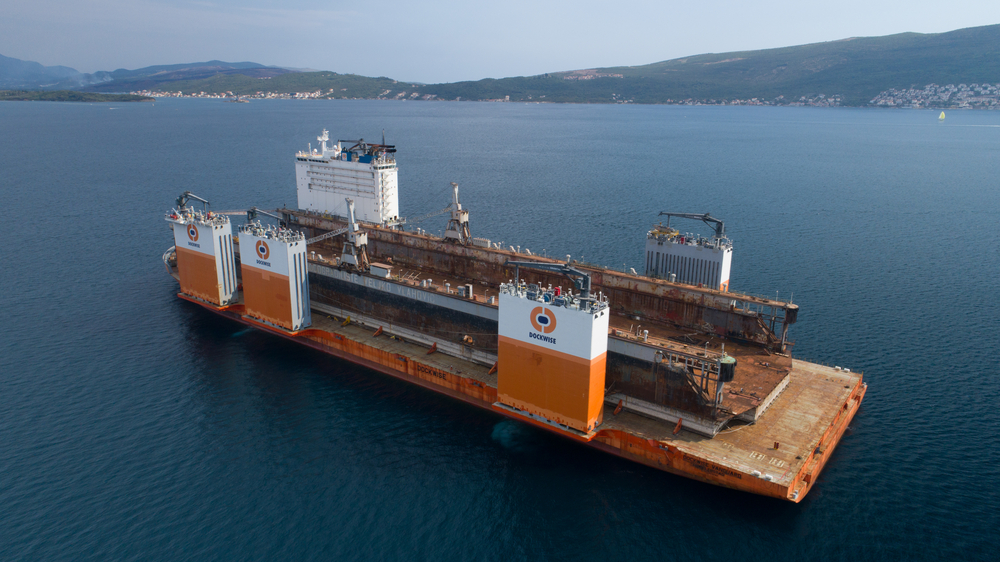Monsters of the Sea
The ocean has long been a proving ground for humanity’s boldest engineering dreams—where ambition meets the endless blue.
From floating cities packed with roller coasters and luxury suites to towering tankers that haul the lifeblood of global trade, these massive ships aren’t just vessels—they’re marvels of modern invention, and some of the largest moving structures ever built.
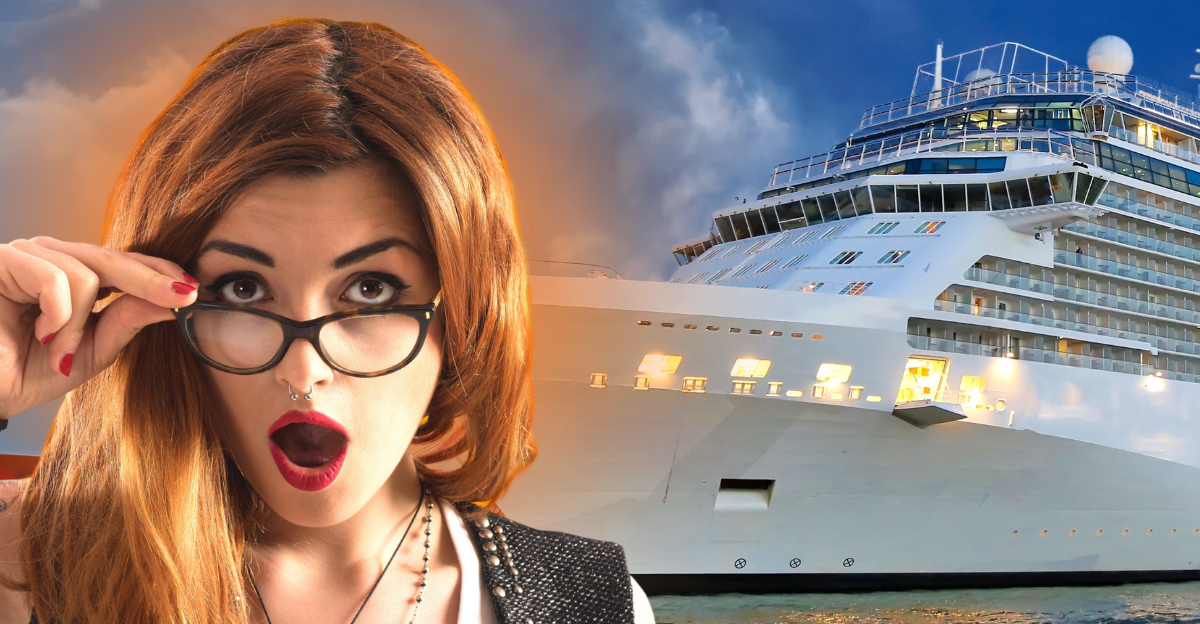
Seawise Giant
The Seawise Giant was a ULCC supertanker, and the longest self-propelled ship in history. It was built between 1974 and 1979 by Sumitomo Heavy Industries in Japan.
Seawise Giant: Weight Capabilities
The Seawise carried the greatest deadweight tonnage every recorded. Full loaded, her displacement was 657,019 tons.
Seawise Giant: Size
The Seawise Giant had a laden draft of 24.6 m (81 ft) and a length of 1,504.10 ft—longer than the height of many of the world's tallest buildings. Her size made her incapable of navigating the English Channel, the Suez Canal or the Panama Canal.
Seaswise Giant: Lifespan
The Seawise Giant served as an oil tanker shuttling large shipments from the Middle East to the USA. However, in 1988 it was a target of Saddam Hussein’s force and it sank.
In 1991 though, it was salvaged, fixed and put back to work until 2004 when it was deemed to difficult to maneuver and became a storage facility in Norway until it was sold for scrap in 2010.
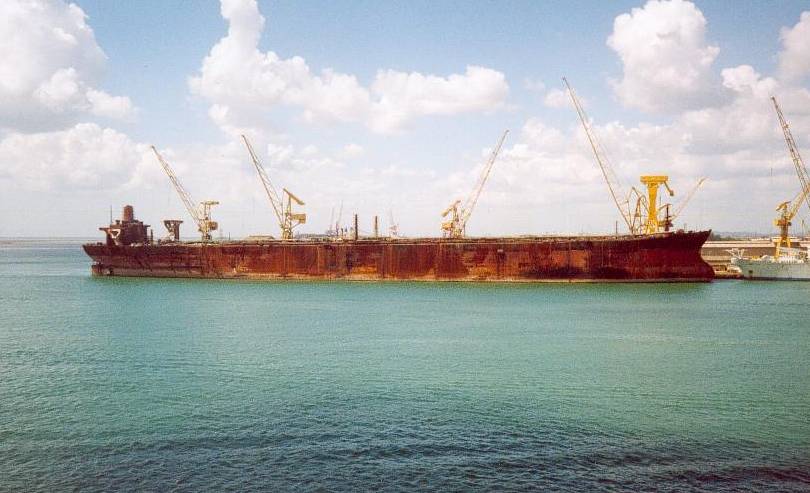 Nils Koch, CC BY-SA 4.0, Wikimedia Commons
Nils Koch, CC BY-SA 4.0, Wikimedia Commons
OOCL Spain
In 2023, Orient Overseas Container Line Ltd (OOCL) made waves by adding the world’s first 24,188 TEU mega vessel to its fleet—a colossal container ship built to move mountains of cargo across the globe.
OOCL Spain: Size & Weight Capabilities
The OOCL Spain is just shy of 400 meters long (1312.34 ft) and is capable of carrying up to 235,341 tons, putting it in the ranks of the world's largest shipping vessels.
OOCL Spain: Significance
The OOCL is one of the few ships in the world with a carrying capacity of over 24,000 TEU (twenty-foot equivalent units or standard shipping containers), giving it a significant presence in the shipping world.
MSC Irina, MSC Loreto, and MSC Michel Cappellini
The current largest capacity shipping container ship in the world goes to the MSC Irina, along with its twins: the MSC Loreto and MSC Michel Cappellini.
Capacity
These magnificent vessels have a carrying capacity of 24,346 TEU. As some of the largest ships ever constructed, these additions to the MSC fleet significantly add to their staggering logistical potential.
Significance
With the addition of these three mega-ships, MSC (Mediterranean Shipping Company) now has the capacity to move a staggering 22.5 million TEUs annually—powered by a massive fleet of over 700 vessels of all sizes. Currently, MSC holds the record for operating the largest shipping vessel in the world, cementing its place at the top of global maritime logistics.
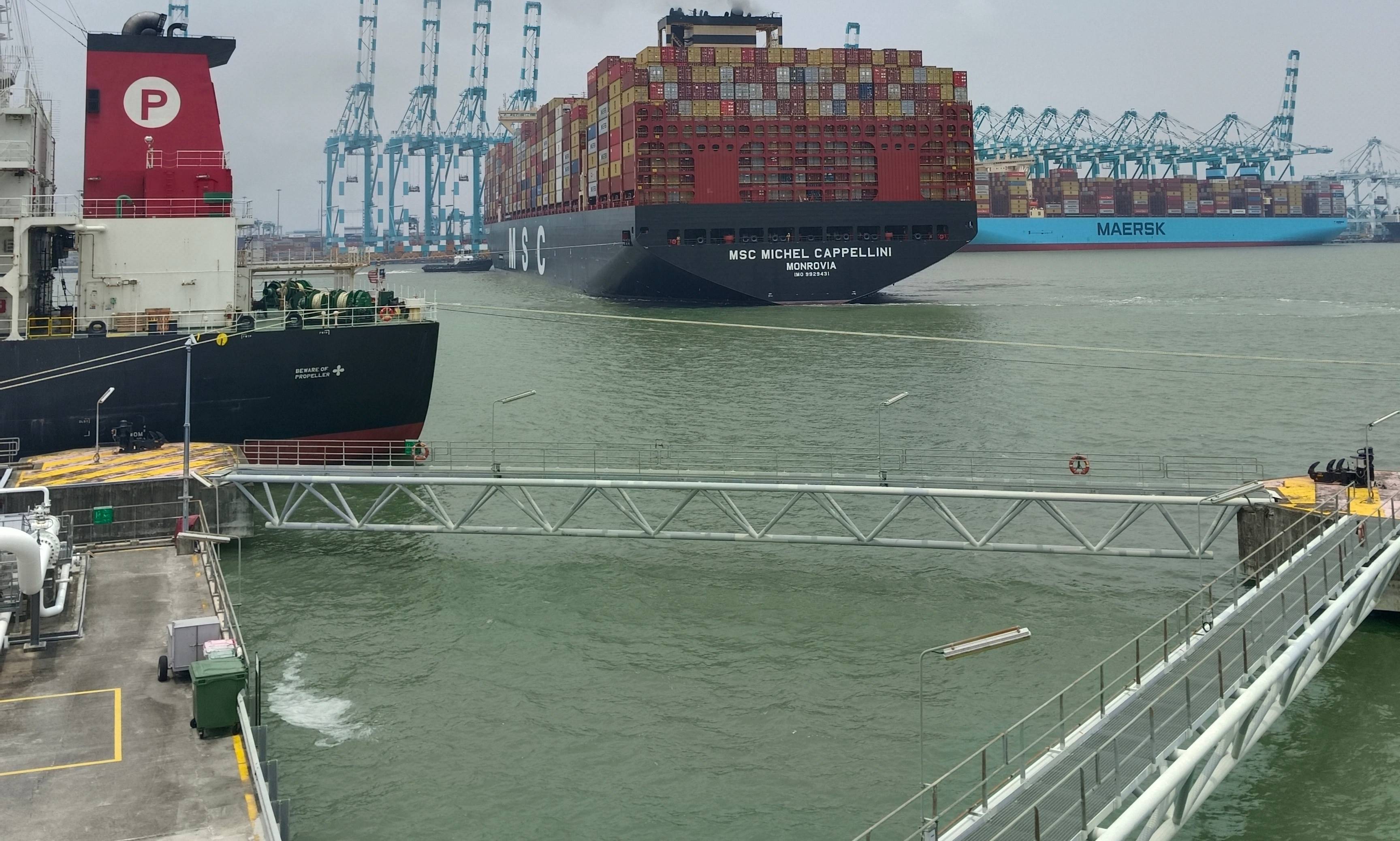 Fajar Agung Purianto, Shutterstock
Fajar Agung Purianto, Shutterstock
MSC Gülsün
Another MSC vessel breaking world records is the MSC Gülsün. Known for its length, capacity, and speed capabilities.
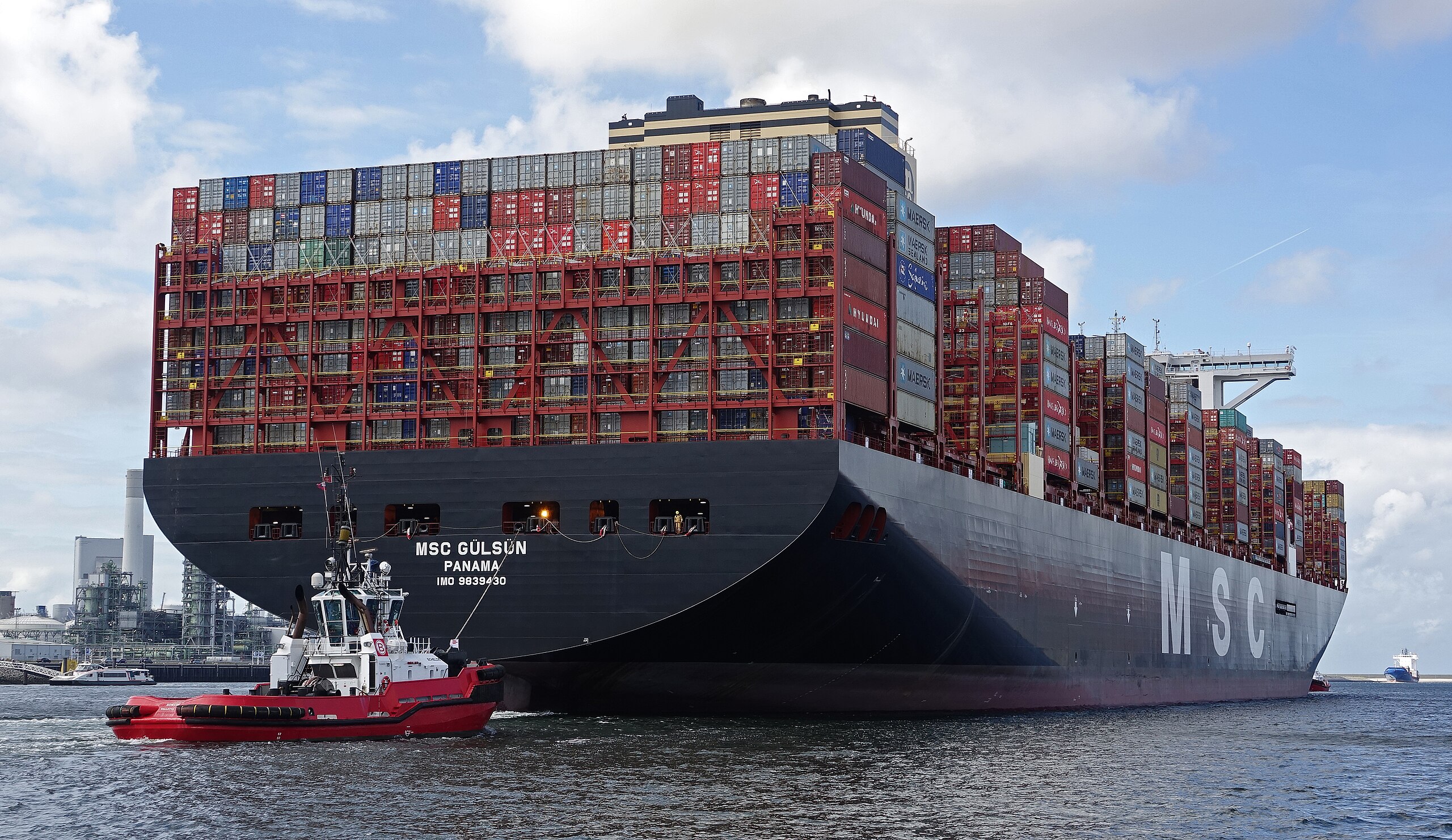 kees torn, CC BY-SA 2.0 , Wikimedia Commons
kees torn, CC BY-SA 2.0 , Wikimedia Commons
MSC Gülsün: Capabilities
The MSC Gülsün has a total length that's just shy of 400 meters. It has a deadweight carrying capacity of 228,149 tons and a top speed of 21 knots.
 kees torn, CC BY-SA 2.0, Wikimedia Commons
kees torn, CC BY-SA 2.0, Wikimedia Commons
MSC Gülsün: Accommodations
When fully loaded, the MSC Gülsün can accommodate 23,756 shipping containers, and includes 2,000 refrigeration slots to ensure the safety of temperature-controlled goods.
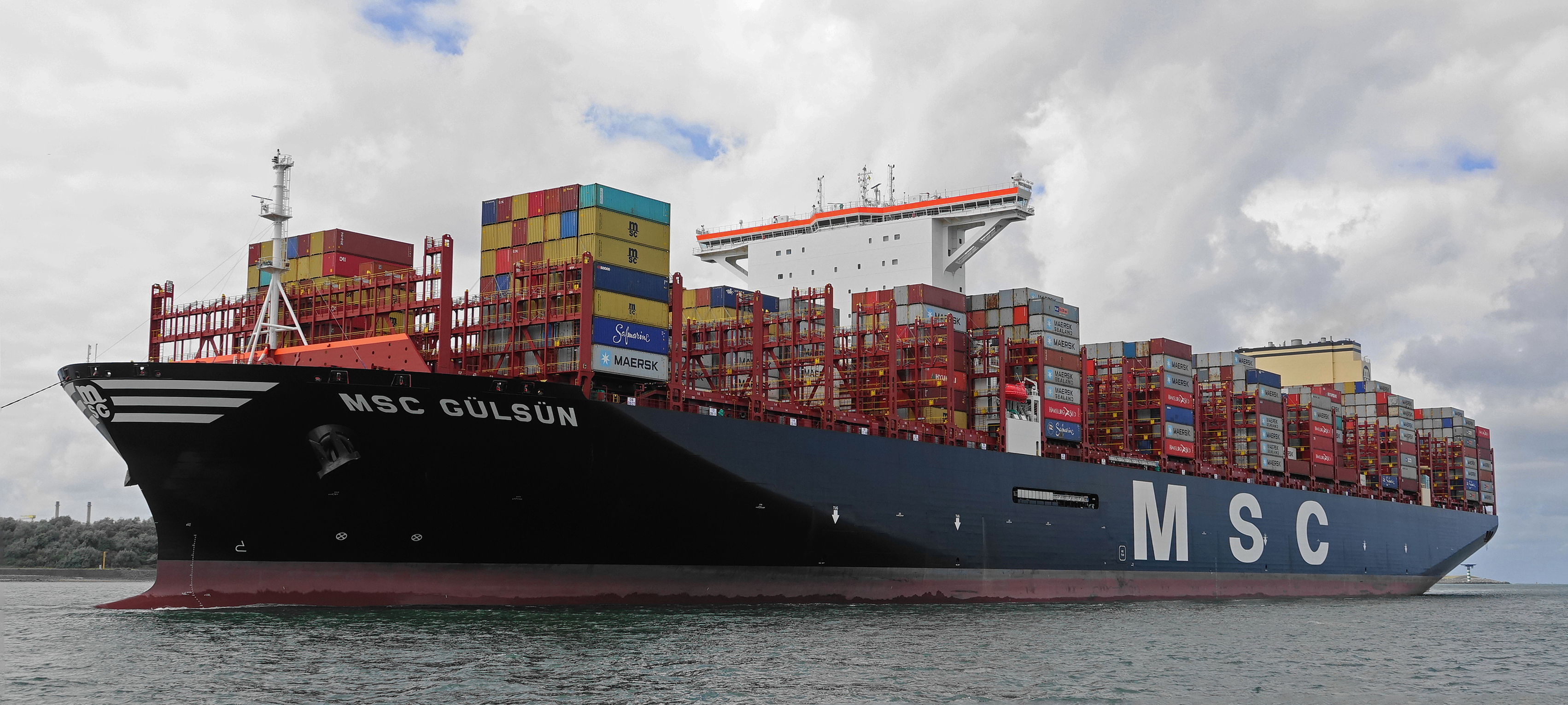 kees torn, CC BY-SA 2.0, Wikimedia Commons
kees torn, CC BY-SA 2.0, Wikimedia Commons
MSC Gülsün: Engine
To haul such colossal volumes of cargo across the globe, a ship needs serious power—and the MSC Gülsün doesn’t disappoint.
It’s driven by a MAN Diesel 11G95ME-C engine, one of the largest marine engines ever built. Stretching roughly 22 meters long and standing 18 meters tall, this mechanical giant delivers the muscle needed to move one of the world’s biggest container ships through the open sea.
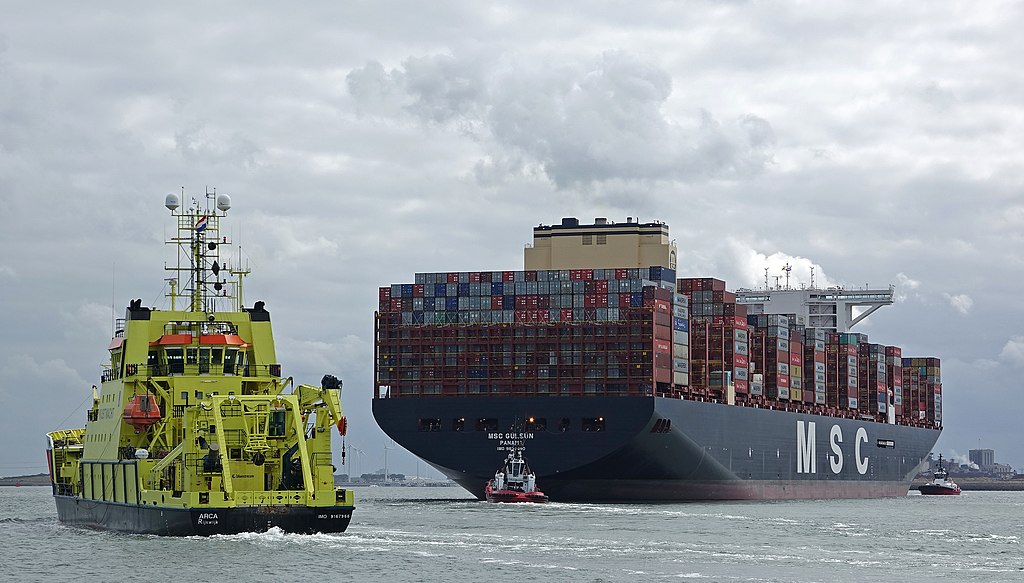 kees torn, CC BY-SA 2.0 , Wikimedia Commons
kees torn, CC BY-SA 2.0 , Wikimedia Commons
Icon of the Seas
The Icon of the Seas is owned and operated by Royal Caribbean, and is currently the largest cruise ship in the world. In fact, it is five times the size of the Titanic. It set out on its maiden voyage in January of 2024—breaking several world records.
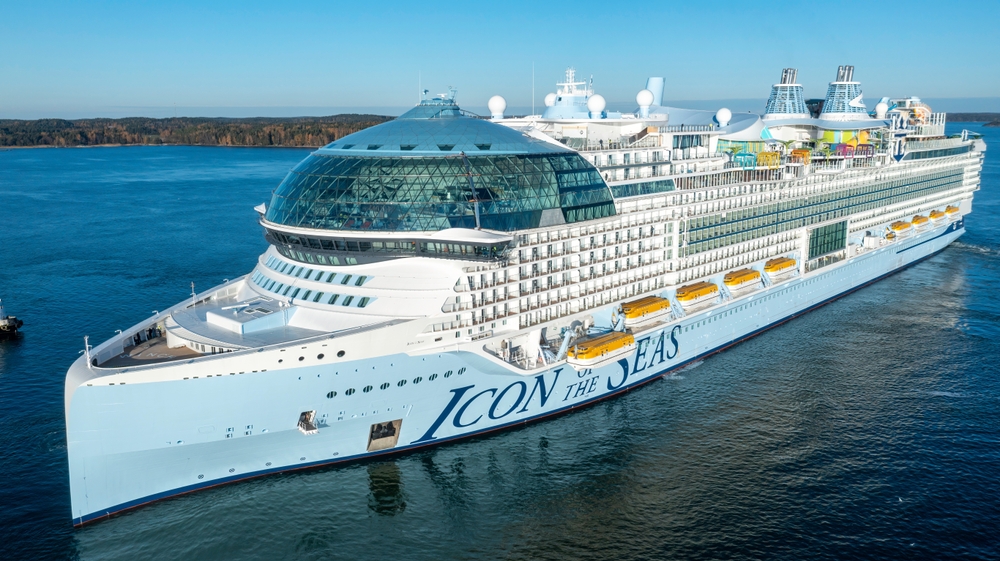 Jouni Niskakoski, Shutterstock
Jouni Niskakoski, Shutterstock
Icon of the Seas: Capacity
The Icon of the Seas has 20 decks, 18 of which are solely dedicated to guests. There are over 2,800 different rooms of varying sizes and can accommodate a total of 5,610 guests (not including staff).
![]() Chakie2, CC BY-SA 4.0 ,Wikimedia Commons
Chakie2, CC BY-SA 4.0 ,Wikimedia Commons
Icon of the Seas: Size & Engine Capabilities
The Icon of the Seas is 364.75 metres (1,196.7 ft) in length. It has six multi-fuel Wärtsilä engines; these can be powered with both LNG and distillate fuel.
![]() Kahunapule Michael Johnson, CC BY-SA 2.0 ,Wikimedia Commons
Kahunapule Michael Johnson, CC BY-SA 2.0 ,Wikimedia Commons
Icon of the Seas: Record Breaking Features
This extraordinary cruise ship redefines ocean luxury, boasting the tallest waterfall and water slide at sea, the largest swim-up bar and waterpark ever built on a cruise ship, and the world’s first suspended infinity pool on the open ocean.
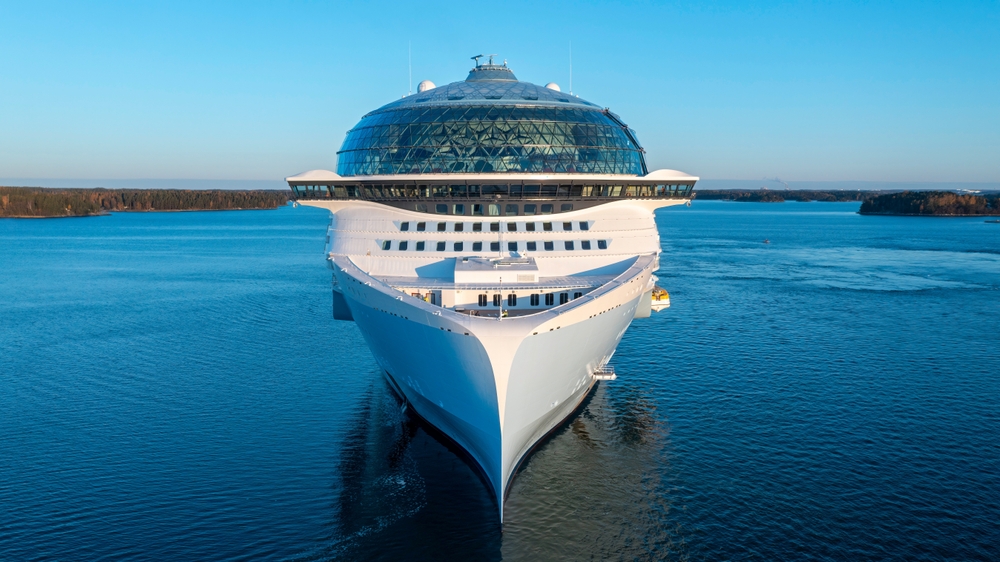 Jouni Niskakoski, Shutterstock
Jouni Niskakoski, Shutterstock
Icon of the Seas: Other Features
It also has a diving dome, an art installation, an ice-skating rink, a family neighborhood, a casino, zip lines, seven pools and six waterslides.
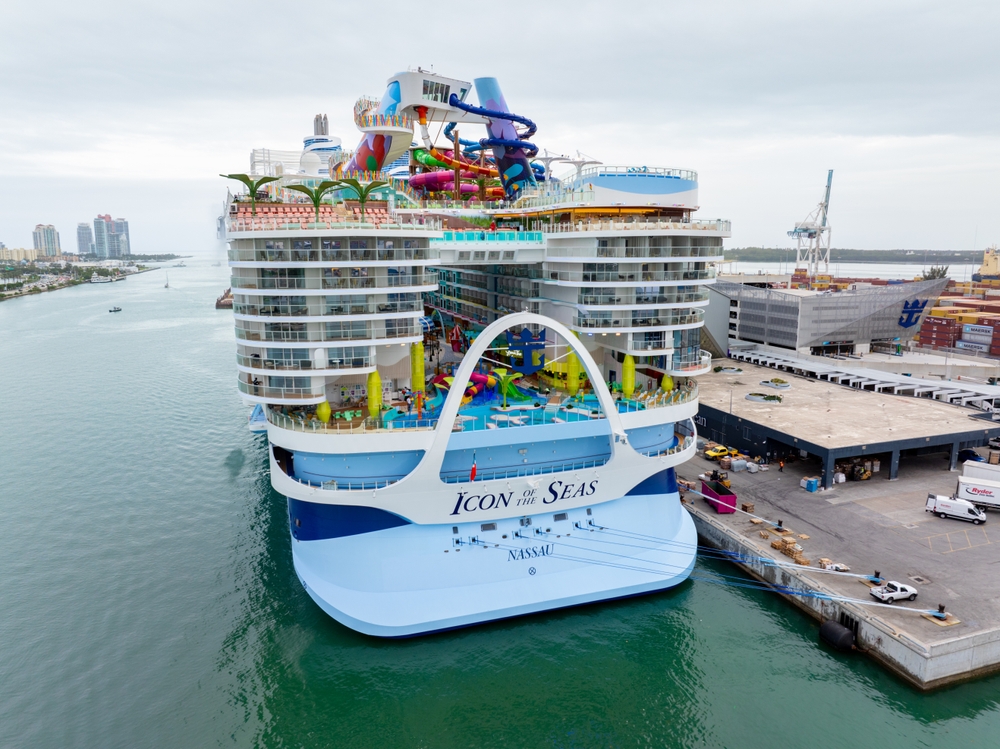 Felix Mizioznikov, Shutterstock
Felix Mizioznikov, Shutterstock
USS Gerald R. Ford
The USS Gerald R. Ford is an American aircraft carrier, and an engineering wonder. Debuting in 2023, it’s the leading modern warship of its class, and the world's largest aircraft carrier.
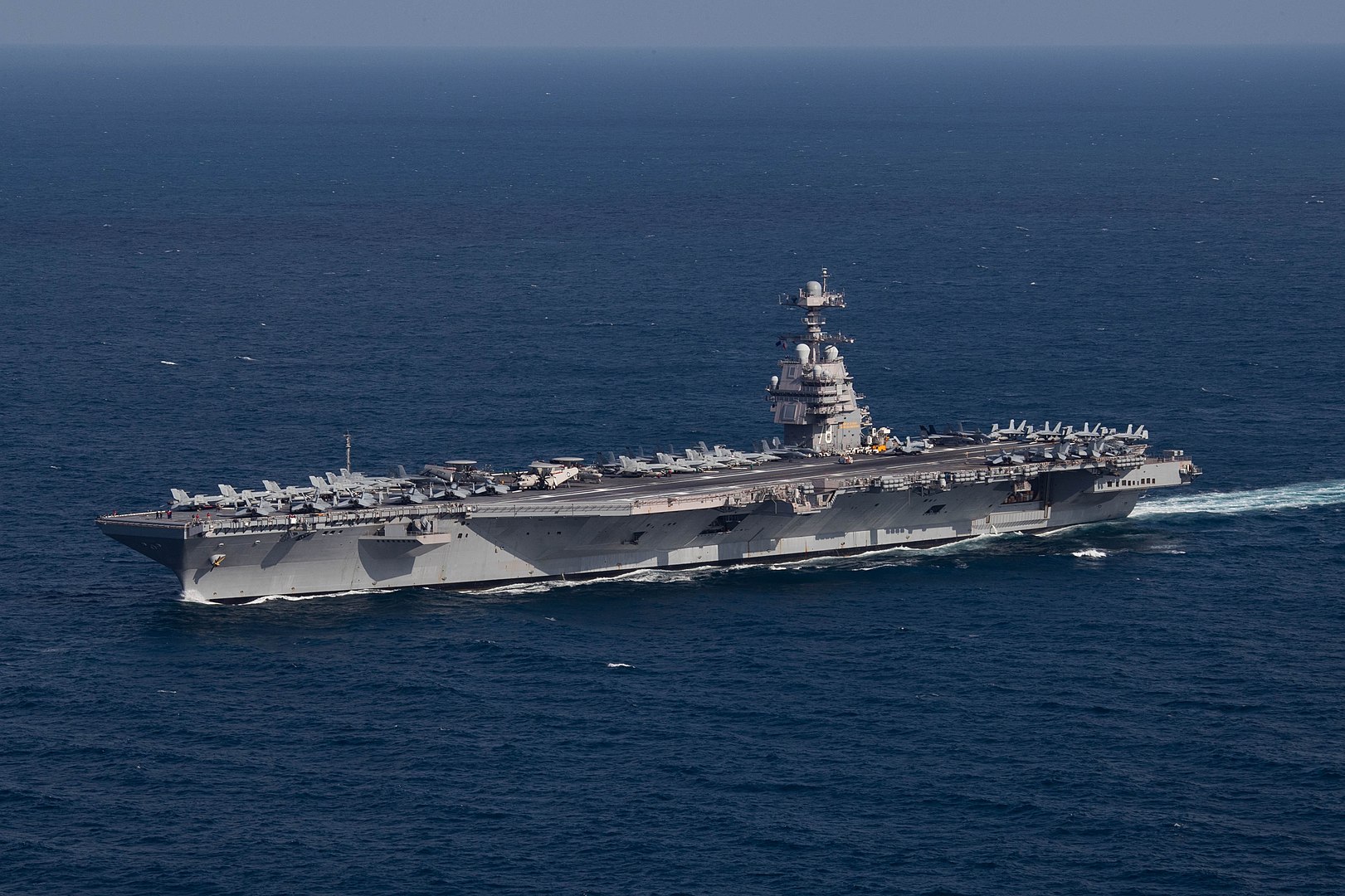 Mass Communication Specialist 2nd Class Jackson Adkins, Wikimedia Commons
Mass Communication Specialist 2nd Class Jackson Adkins, Wikimedia Commons
USS Gerald R. Ford: Size and Capabilities
It measures about 333 meters in length, and can hold over 4,500 crew members and support staff, a full wing complement (75 aircraft), and support ground vehicles.
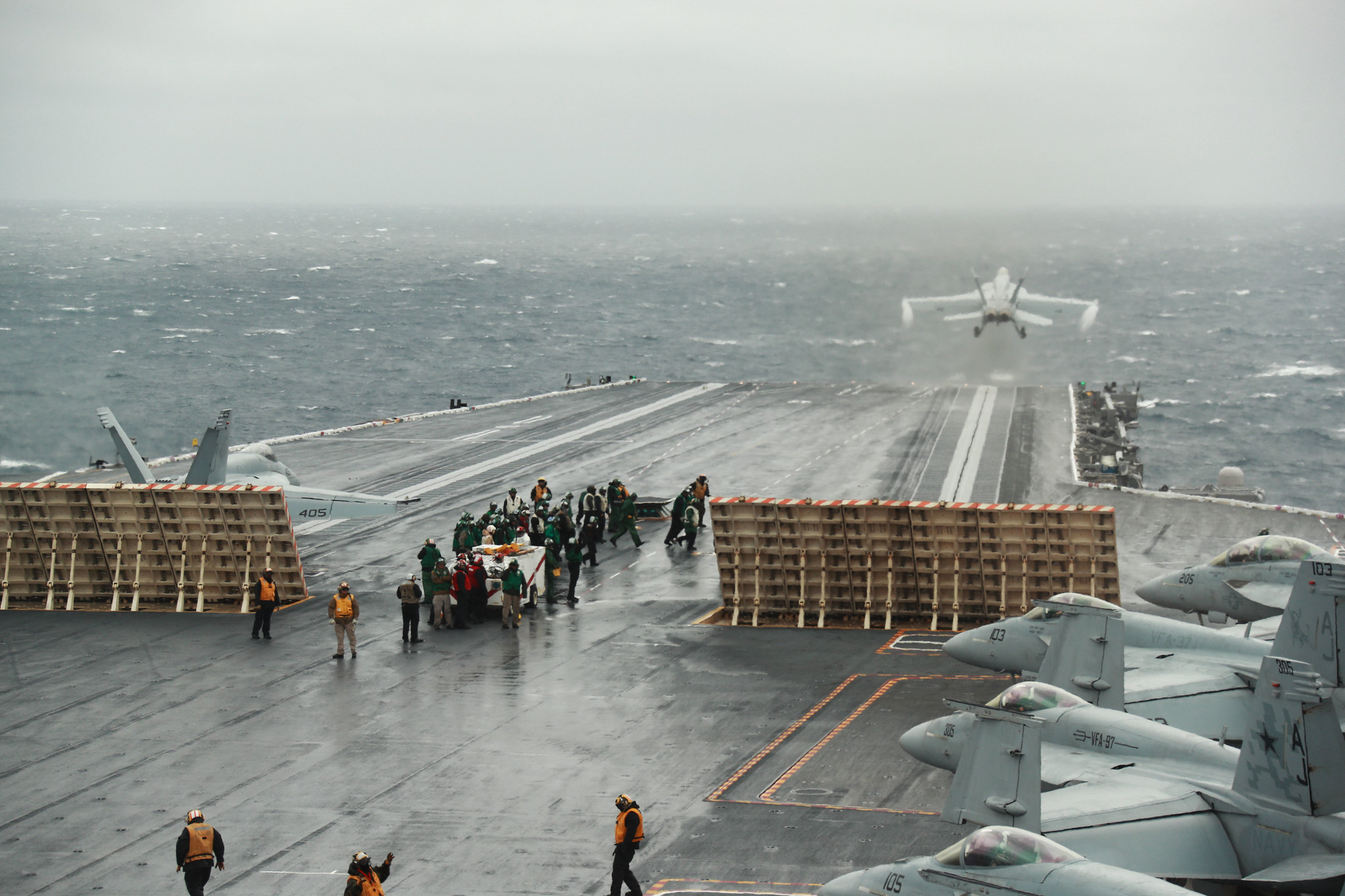 Official U.S. Navy Page, Flickr
Official U.S. Navy Page, Flickr
USS Gerald R. Ford: Design
The USS Gerald R. Ford was designed with advanced new weapons systems and a new electromagnetic aircraft launch system (EMALS) that allows for a greater variety of planes to be launched from its deck.
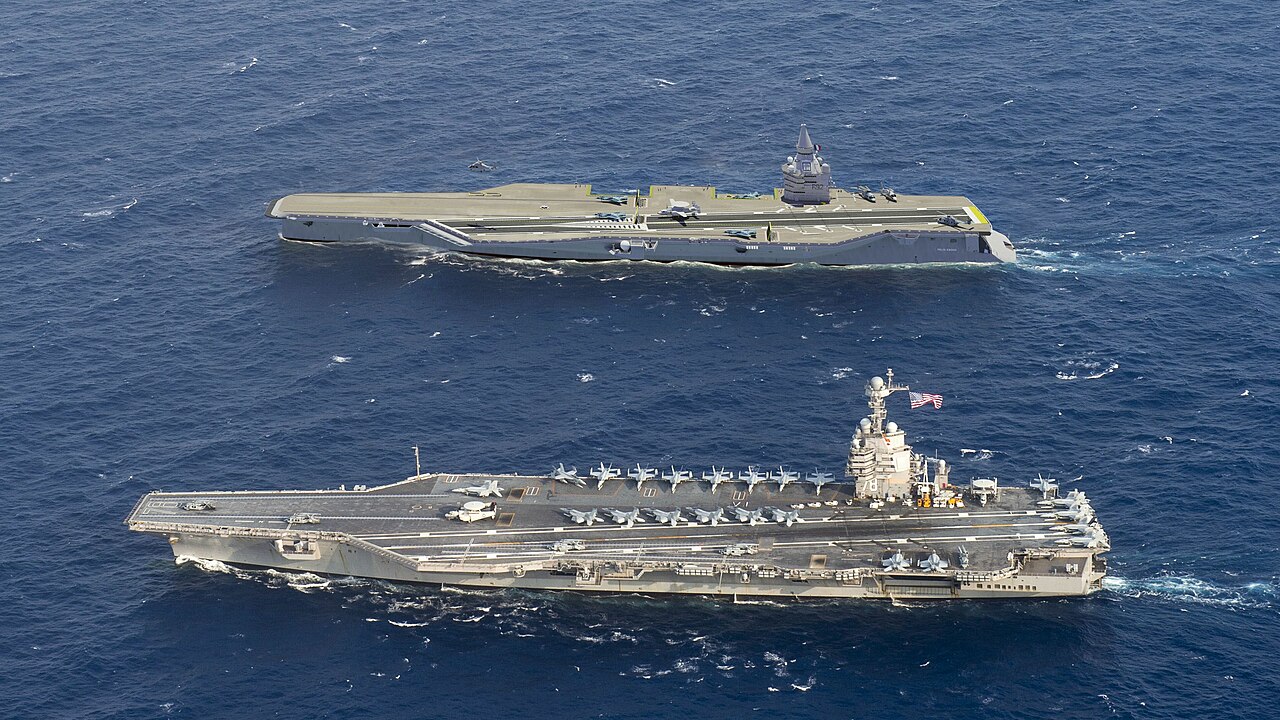 Rama, CC BY-SA 3.0 FR , Wikimedia Commons
Rama, CC BY-SA 3.0 FR , Wikimedia Commons
Symphony of the Seas
Another record-breaking marvel from Royal Caribbean, the Symphony of the Seas was crafted with luxury and entertainment at its core—offering everything from Broadway-style shows and ice skating rinks to gourmet dining and sprawling waterslides, all aboard one of the largest cruise ships ever built.
Symphony of the Seas: Capacity
The Symphony of the Seas has 18 decks, 24 elevators, and can accommodate a whopping 6,680 guests and 2,200 staff members.
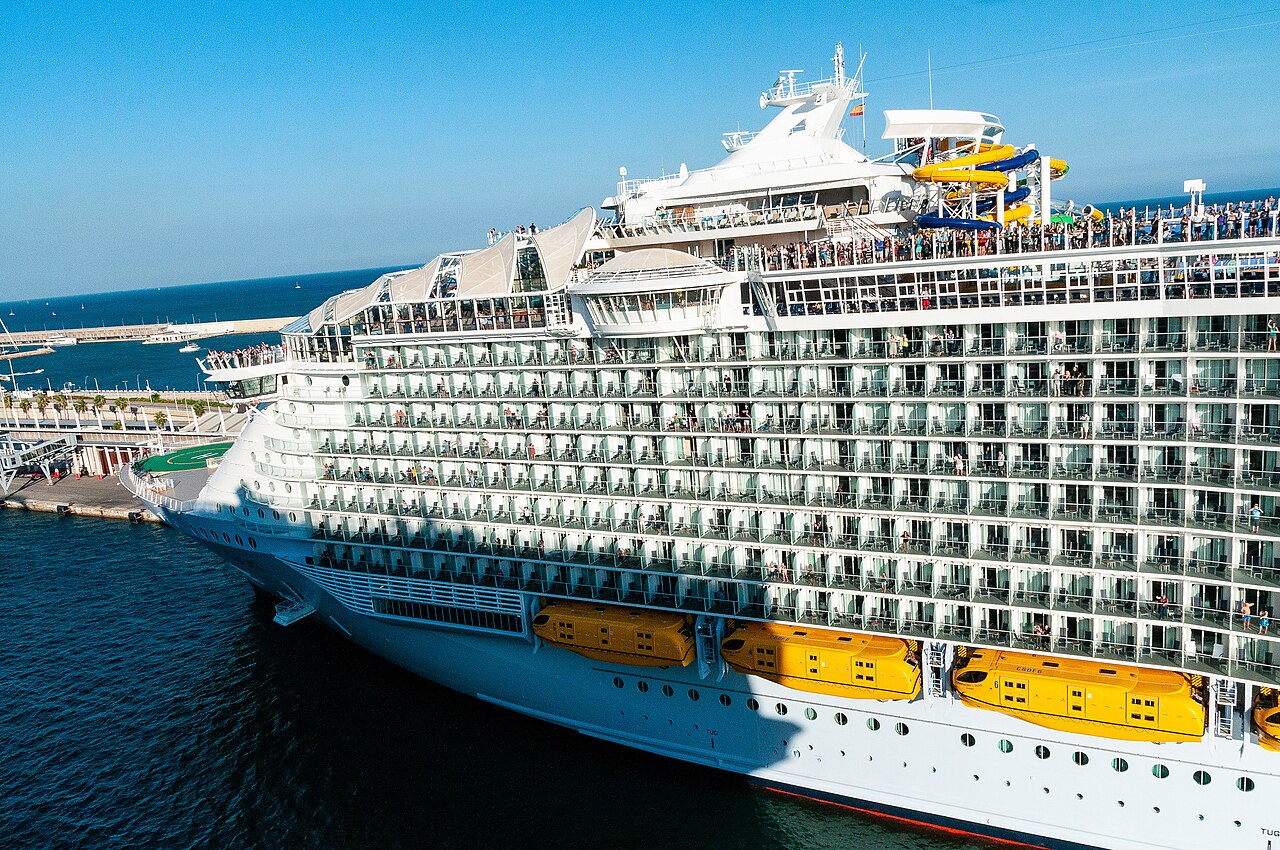 bvi4092, CC BY 2.0, Wikimedia Commons
bvi4092, CC BY 2.0, Wikimedia Commons
Symphony of the Seas: Engine Capabilities
The Symphony of the Seas has six engines in total: three 16-cylinder Wärtsilä 16V46D and three 12-cylinder Wärtsilä 12V46D engines.
Each engine is approximately the size of a shipping container and all work together to power the colossal ship.
Symphony of the Seas: Features
The Symphony of the Seas boats an array of luxury amenities, such as spas, gardens, several pools and waterslides, an amusement park, playgrounds, theaters, and so much more.
Wonder of the Seas
Royal Caribbean has done it again with another record-breaking giant: the Wonder of the Seas. Surpassing its predecessor, the Symphony of the Seas, in sheer size, this colossal vessel is often described as a “floating city”—complete with neighborhoods, entertainment districts, and enough amenities to rival a luxury resort on land.
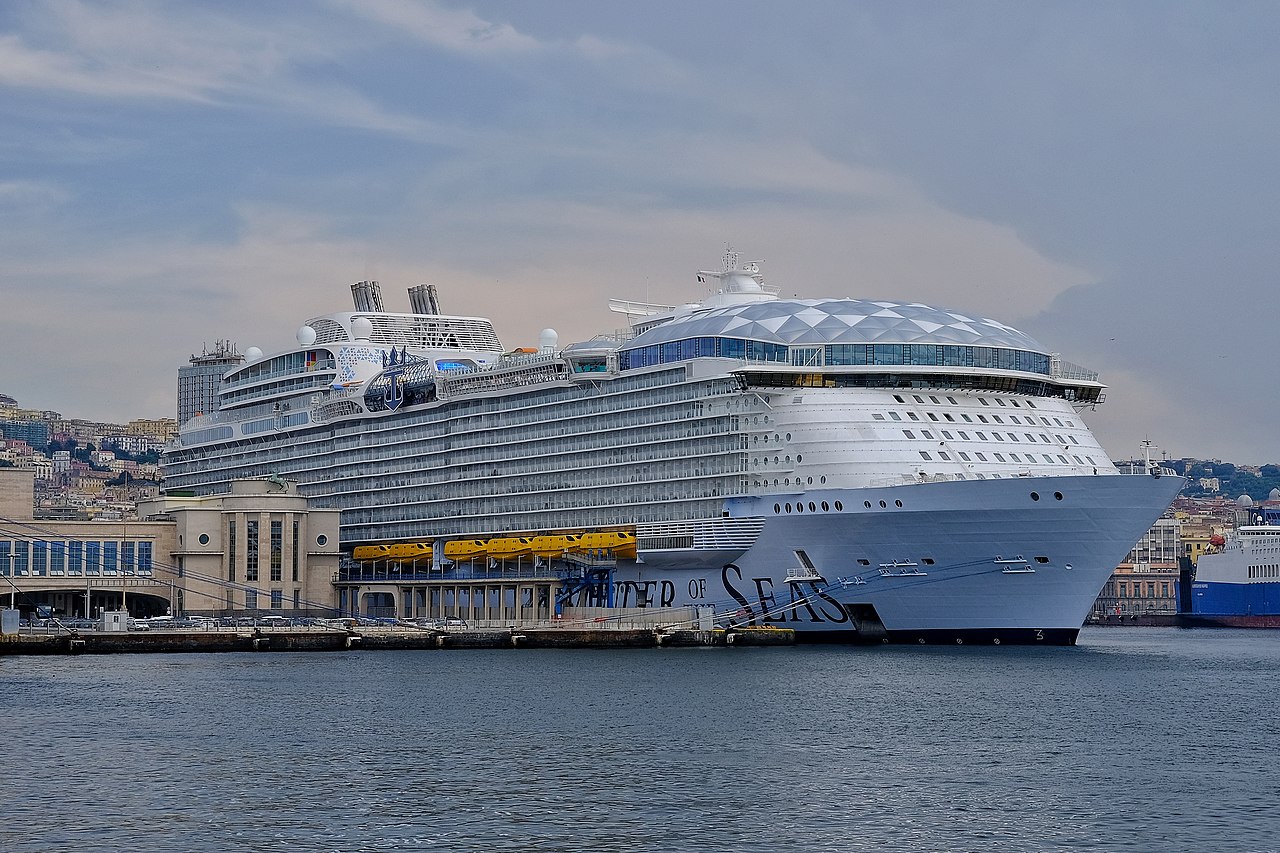 Jörg Fuhrmann, CC BY-SA 4.0 , Wikimedia Commons
Jörg Fuhrmann, CC BY-SA 4.0 , Wikimedia Commons
Wonder of the Seas: Capacity
The Wonder of the Seas measures 1,188 feet (362 m) in length and has a gross tonnage of 236,857 across 18 decks. It has a guest capacity of 5,734 and a crew of 2,300.
Wonder of the Seas: Features
The Wonder of the Seas has everything you could possibly imagine.
There are eight different neighborhoods on board, each boasting impressive amenities such as: a waterpark, a playground, a full-size basketball court, a zip line, a theater, rock-climbing walls, dog parks, and an on-board central park with more than 10,000 plans and flowers.
Dockwise Vanguard/BOKA Vanguard
The Dockwise Vanguard—also known as the BOKA Vanguard—is a semisubmersible heavy-lift ship, and is the largest vessel of its kind ever built. It’s like the biggest and baddest tow truck of the sea.
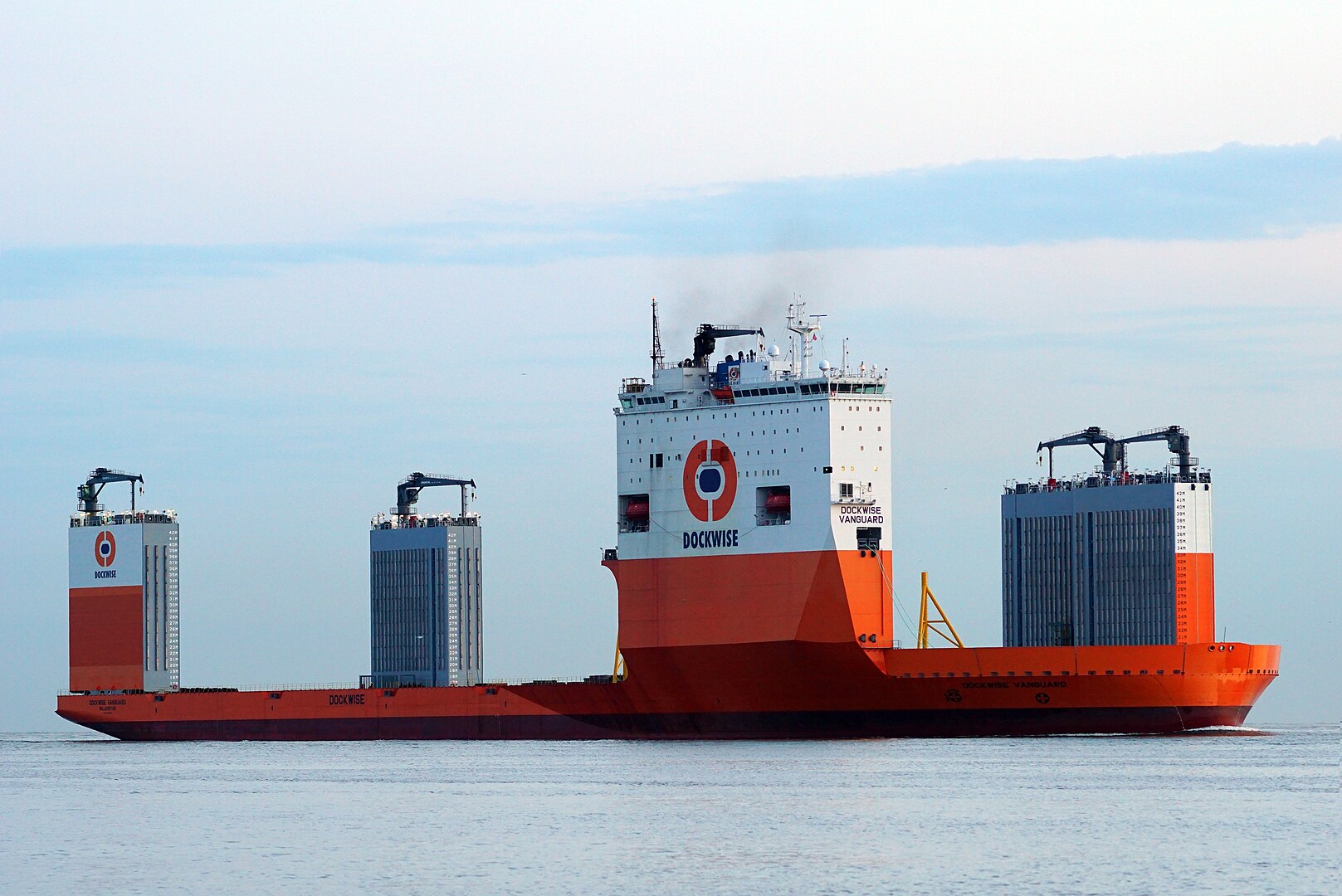 kees torn, CC BY-SA 2.0 , Wikimedia Commons
kees torn, CC BY-SA 2.0 , Wikimedia Commons
Dockwise Vanguard: How It Works
The Dockwise Vanguard uses a clever ballast system to operate: it takes on water to sink slightly, lowering its docking bay beneath the surface. This creates a space where another ship can be carefully floated into position. Once the cargo ship is securely in place, the Dockwise Vanguard pumps out the ballast water, raising the dock—and the ship it carries—safely out of the water for transport.
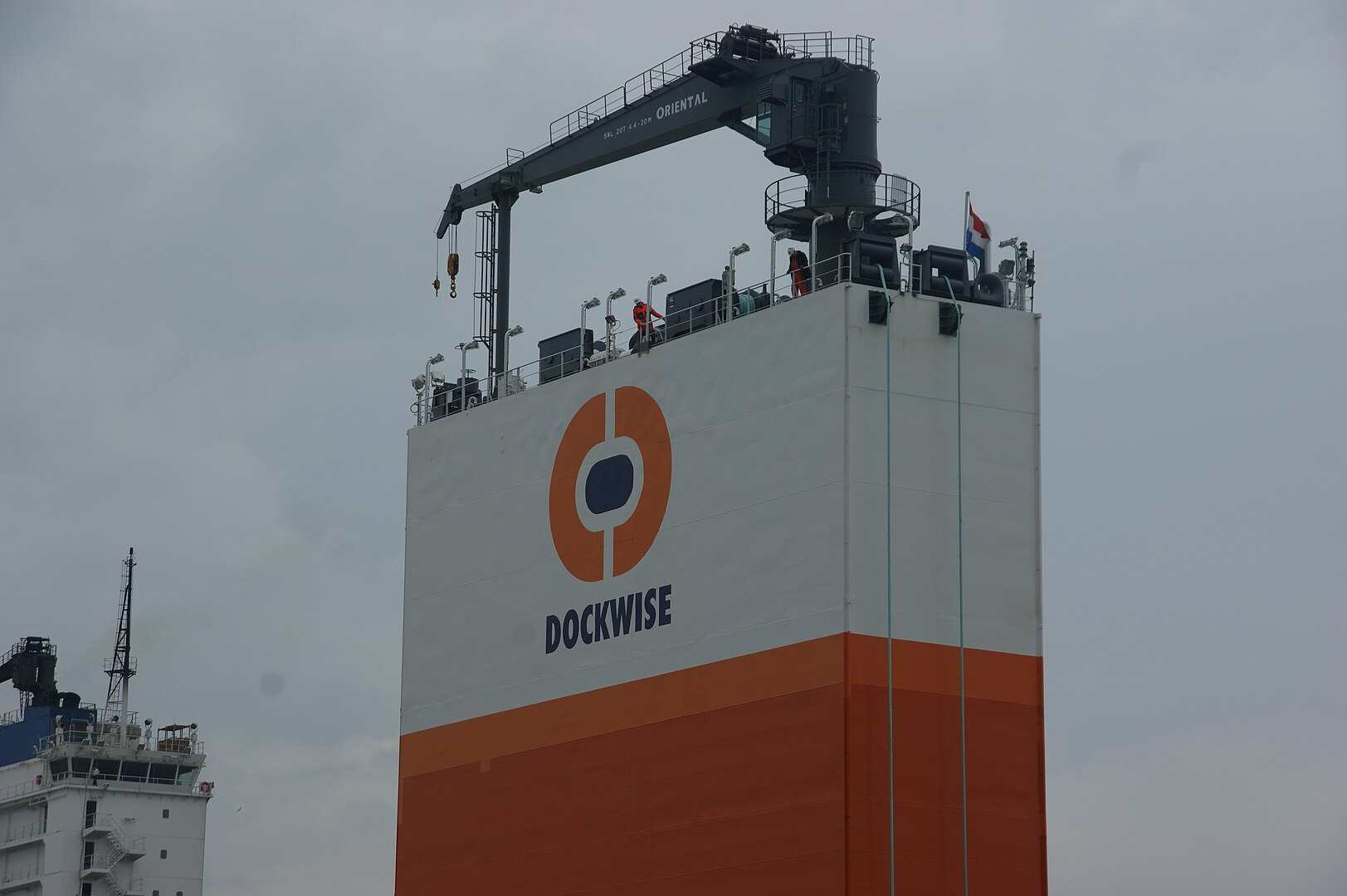 MEOGLOBAL Muhammed Enes Okullu, CC BY-SA 4.0 , Wikimedia Commons
MEOGLOBAL Muhammed Enes Okullu, CC BY-SA 4.0 , Wikimedia Commons
Dockwise Vanguard: Size
The ship has a flat, bow-less deck measuring 70 by 275 m (230 by 902 ft), allowing cargo longer and wider than the deck. Her deck is 70% larger than the MV Blue Marlin, the third-largest heavy-lift ship.
She can lift and transport cargoes up to 110,000 tons.
Dockwise Vanguard: Significance
The Dockwise Vanguard may not be the largest vessel in the water, but the sheer fact that it can carry vessels bigger than itself is amazing enough—including the insanely large cruise ships mentioned in this list.
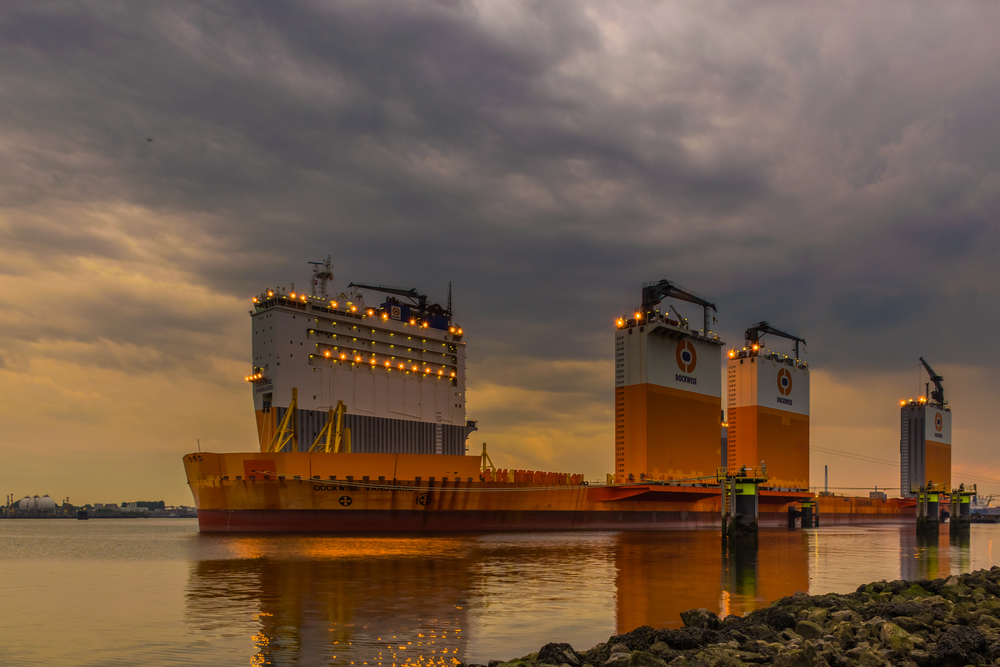 Riekelt Hakvoort, Shutterstock
Riekelt Hakvoort, Shutterstock
Evergreen Ever Apex
The Evergreen Ever Apex is Evergreen’s latest addition, launched in 2022. While it matches the same size and capabilities of it’s A-type siblings, it does have notable changes.
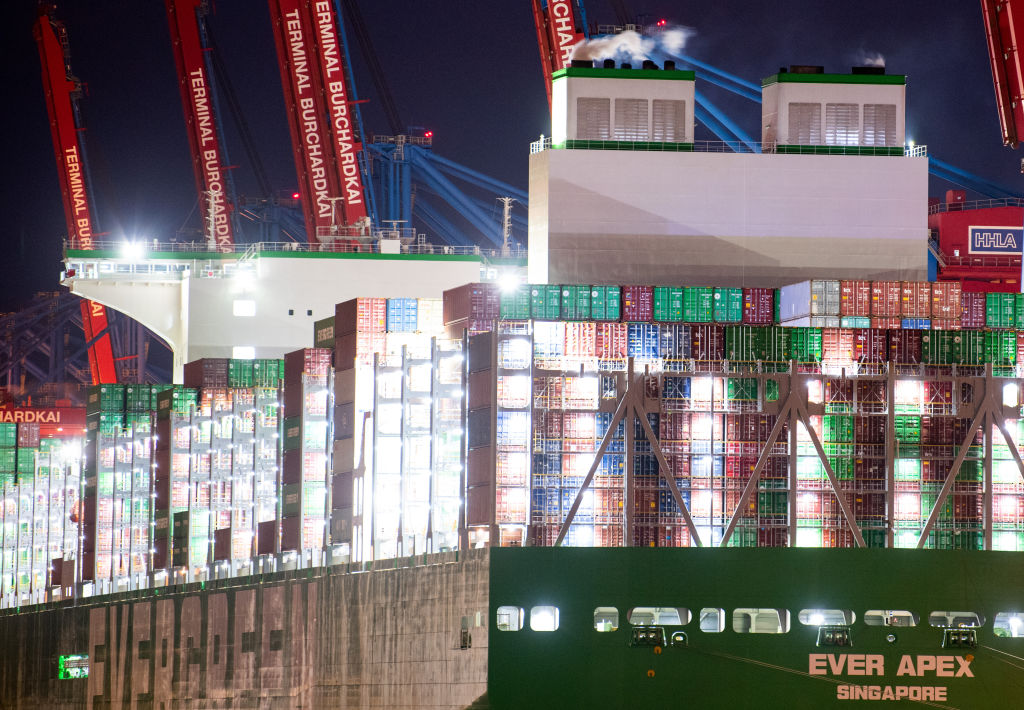 picture alliance, Getty Images
picture alliance, Getty Images
Evergreen Ever Apex: Size & Capabilities
Stretching just under 400 meters long, the Ever Apex can carry around 225,000 tons—equivalent to the weight of 45,000 elephants on board.
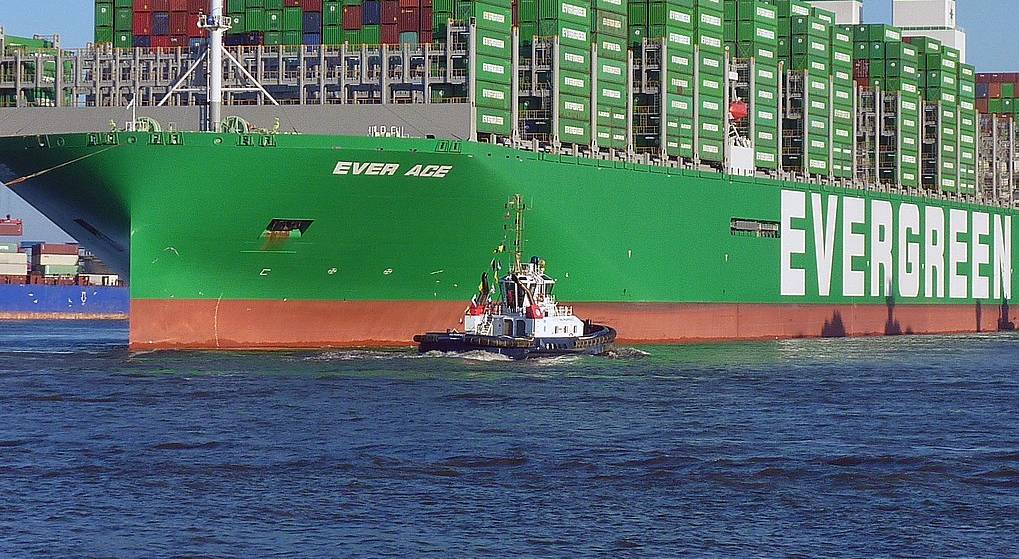 Wolfgang Fricke, CC BY 3.0, Wikimedia Commons
Wolfgang Fricke, CC BY 3.0, Wikimedia Commons
Evergreen Ever Apex: Significance
Evergreen’s A-type vessels are known as the largest of their kind in the world, carrying massive amounts of weight seamlessly through the sea. The Ever Apex is no different than its siblings, standing as a testament to human engineering.
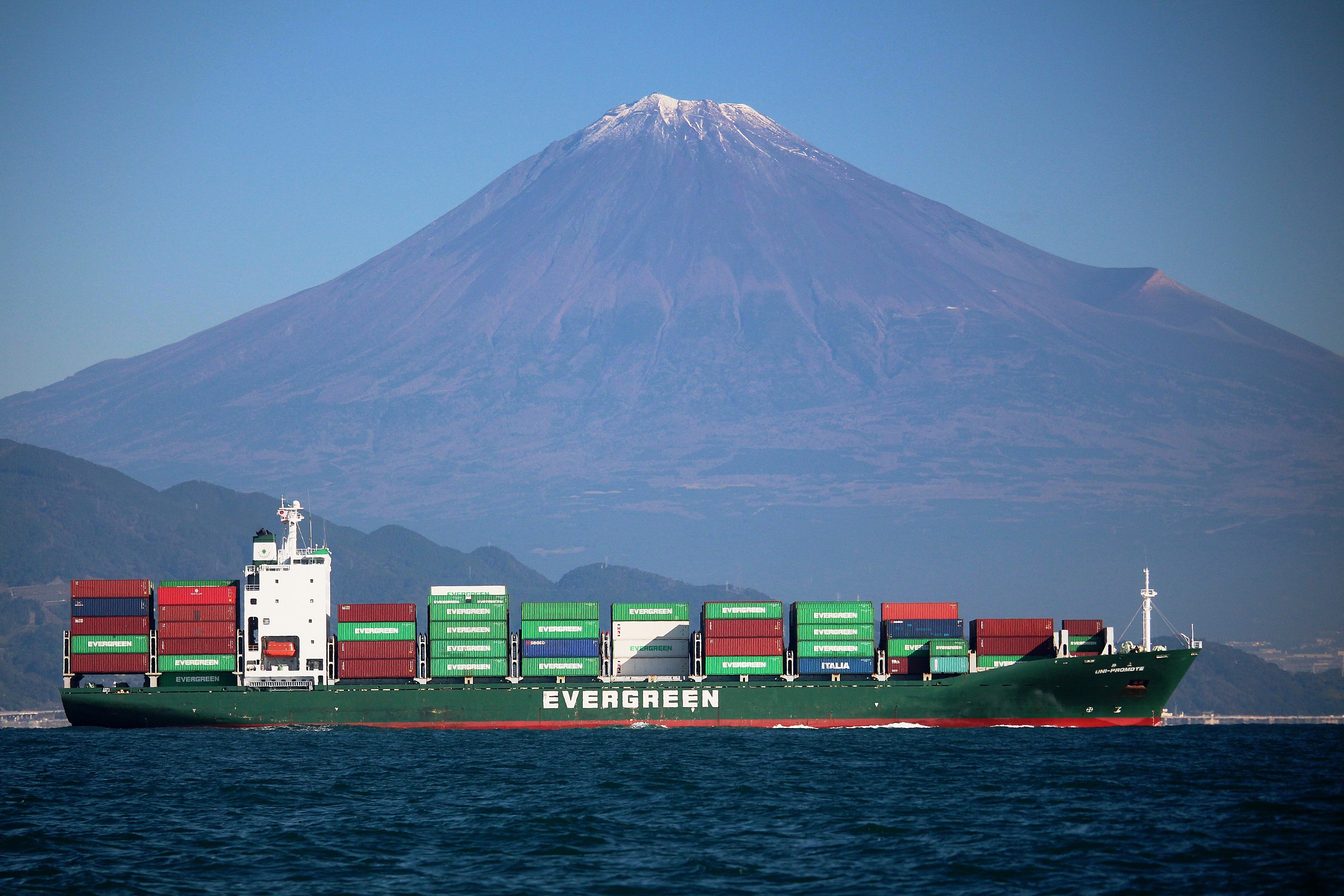 Alpsdake, CC BY-SA 4.0, Wikimedia Commons
Alpsdake, CC BY-SA 4.0, Wikimedia Commons


